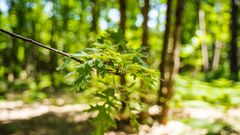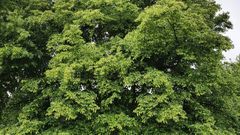About Launay Guen Forest
The Launay Guen forest is located in the Côtes-d’Armor in Brittany, France. This region is characterised by a cool climate with abundant rainfall (over 1000 mm/year), often misty and windy.
Situated on a south-east facing slope, the woods stretch across from a soft hill, and it borders the pond of Launay’s castle.
With a total area of 121 hectares, it’s divided into 11 forestry sites of varied sizes and types. We acquired it in 2021 from a private owner.
Read more Read lessSituated on a south-east facing slope, the woods stretch across from a soft hill, and it borders the pond of Launay’s castle.
With a total area of 121 hectares, it’s divided into 11 forestry sites of varied sizes and types. We acquired it in 2021 from a private owner.







